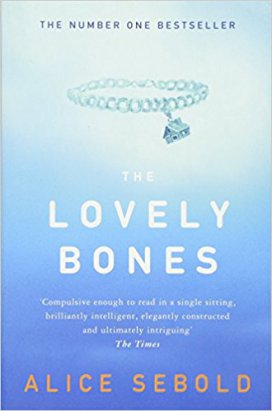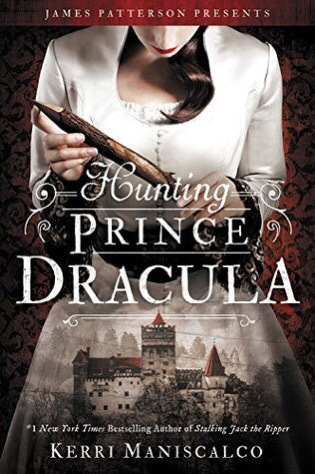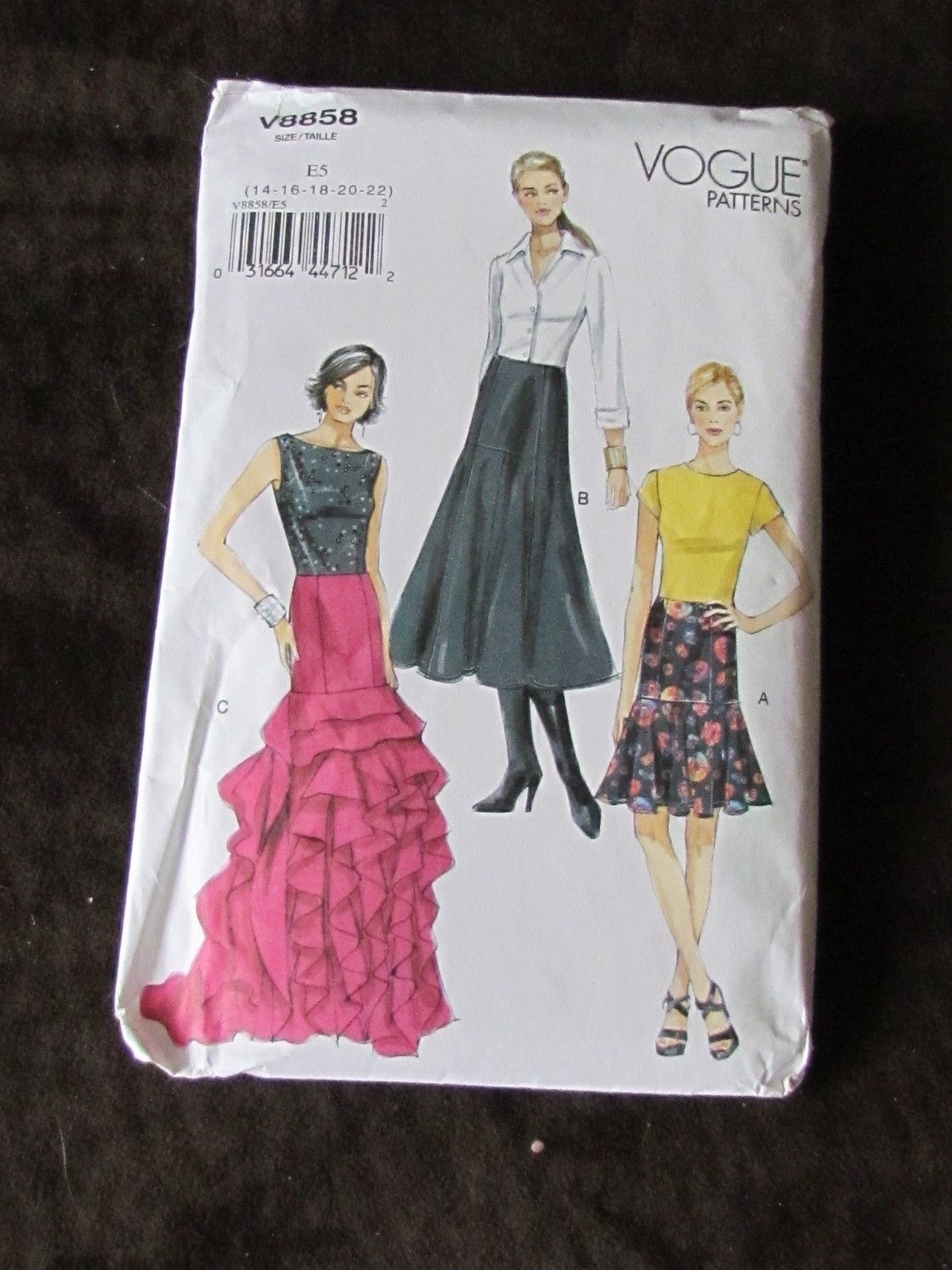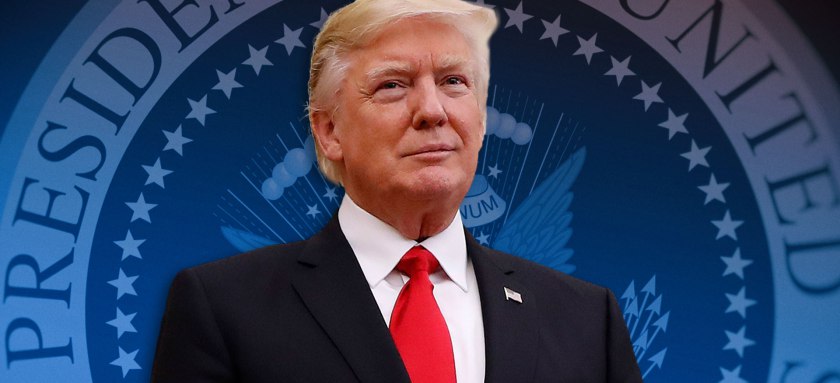The Roanoke Public Library will host a reading by Newberry Medal-winning author Matt de la Peña to celebrate the renovation and expansion of the Williamson Road Branch Library.
The New York Times bestselling author has published children’s picture books and novels for young adults. In addition to the reading at the Williamson Road Branch (Wednesday, Nov. 15 at 6 PM), de la Peña will visit two public schools, inspiring young readers and writers. Prior to his visit, he talked with us about the impact of books on our ability to relate to others.
BOOK CITY ★ Roanoke: Thanks for adding Roanoke to the long list of communities you’ve visited, to inspire new readers and writers. We’re committed to strengthening the starts that our young people get in the world, and we believe that books are part of that. Your Newberry Medal for most distinguished contribution to children’s literature caps a long list of awards and recognition for The Last Stop on Market Street (Illustrated by Christian Robinson). Why do you think readers, media outlets, and the publishing industry have responded so strongly to the work?
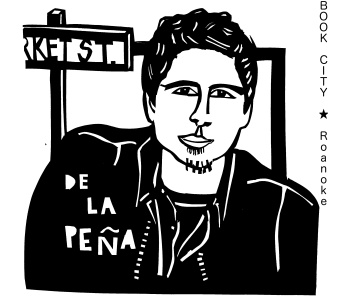 Matt de la Peña: I can’t say for sure. I think the job of the writer is to make the best, most honest book he or she can. But once it leaves your hands, it no longer belong to you. It becomes a tool for conversations. Sometimes you like the way your work is being used in conversation. And sometimes you don’t. But writers have to remain humble and let the public use their book however it sees fit. I suspect the call for more diversity in children’s publishing played a role for Last Stop. And the changing racial demographic in this country. The most exciting thing for me is to see the book pop up in so many unexpected places.
Matt de la Peña: I can’t say for sure. I think the job of the writer is to make the best, most honest book he or she can. But once it leaves your hands, it no longer belong to you. It becomes a tool for conversations. Sometimes you like the way your work is being used in conversation. And sometimes you don’t. But writers have to remain humble and let the public use their book however it sees fit. I suspect the call for more diversity in children’s publishing played a role for Last Stop. And the changing racial demographic in this country. The most exciting thing for me is to see the book pop up in so many unexpected places.
BCR: In your acceptance speech, you point to how we can see ourselves, and our own beauty, in books, and how we can also know others. What books helped you early on in better knowing yourself and introducing you to others?
MdlP: Two books immediately come to mind. The first is The House on Mango Street. I’ll never forget opening that thin book of vignettes and immediately feeling like it was mine. It reminded me of where I spent the first dozen years of my life, in a border neighborhood in south San Diego. I loved that book from page one and read it many times. The second book that comes to mind is The Color Purple. This book is told from the POV of an African American woman. I think it was the first time I was absolutely riveted by a person who was different from me. I guess you could say the novel sort of woke me up. It also made me recalibrate my own struggles.
BCR: That’s a powerful book. Like many communities, we’re working to overcome damage done by historic policies that segregated neighborhoods as well as persisting socioeconomic gaps across parts of our community. This is a lot of pressure on a book I know, but could you share any examples you might have from neighborhoods or communities in which one of your books has helped communities tear down some walls.
MdlP: I spoke at a convention for principals once, somewhere in Texas, where every principal in attendance was given a copy of my third novel, We Were Here. The book follows three kids living in a group home. They’re fresh out of juvenile hall, and they all have tough backgrounds. They’ve messed up somewhere along the way, yes, but the book also reveals each boys’ vulnerable heart, their dreams, their loyalty. So many of those principals reached out to me later saying that the book helped them better “see” their troubled students. That was incredibly rewarding for me as a writer.
BCR: Wow. That’s meaningful impact, affecting lives by strengthening connections. How about your connection with young people? What’s the most inspiring thing a young person has said to you recently?
MdlP: I recently read a soon-to-be-published picture book called Love to a group of third graders in Rome, GA. The book is about the evolution of love in a child’s life. Initially a child is given love. But eventually that child will realize that he or she must go and find love on their own, an important step in development. After I finished reading the book, a young boy raised his hand and said, “When you just read that book I got this feeling…in my heart. And I pictured my ancestors. Especially my grandma who always gave us so much love.” And then he started quietly crying. And many of the teachers started crying. And I almost lost it myself. Especially when I saw a few of the kids around him patting his back. That’s it, I remember thinking. That is what reading to young people can do. It can create a space for a kid to open up his heart in front of all of us.
BCR: I don’t think we’re even aware of how much we crave that space—as kids and as adults. We’re looking forward to sharing some space with you next week and to your time spent with some of our young people—those who are readers, and those who may not know that they are yet. Thanks, Matt.
MdlP: I can’t wait!
Learn more about Matt de la Peña and his books at mattdelapena.com. The Williamson Road Library was constructed in 1964 as a 4,050 square foot branch library. Expanded to a little over 6,000 square feet in 1981, the library has now grown to more than 10,000 square feet. You can celebrate the dedication and see all of the improvements at the ribbon cutting on November 13 at 9:30 AM. Hear Matt de la Peña read and answer questions on November 15 at 6 PM. Download the flyer here. ★
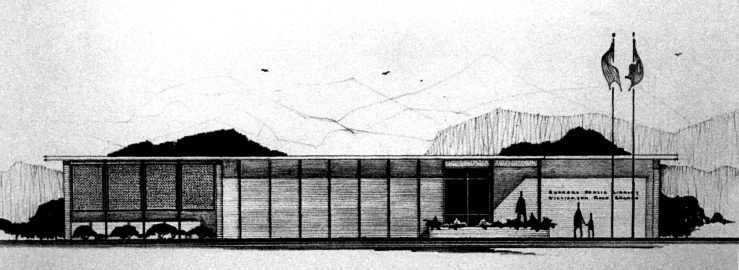 The midcentury Williamson Road Branch Library.
The midcentury Williamson Road Branch Library.
Share this:


